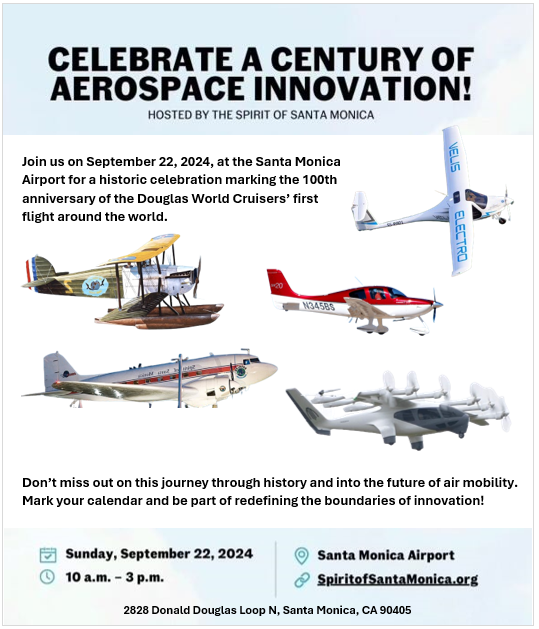
The aviation industry continually seeks innovative solutions to minimize its environmental impact and transition to a more sustainable future. Several emerging technologies have garnered attention for their potential to transform the industry. Let’s delve into some of these technologies.
1. Solar and electric technologies
Solar and electric technologies are promising sustainable power solutions for aviation. Solar-powered aircraft, equipped with photovoltaic cells, have completed successful long-duration flights, harnessing the sun’s power for clean and renewable energy. While limitations in energy storage currently restrict their use for larger planes, they hold potential for short-haul flights and unmanned aerial vehicles.
Electric propulsion systems are being explored as potential replacements for conventional jet engines. These systems use electric motors, eliminating the need for fossil fuels and offering lower emissions and reduced noise pollution. Ongoing research aims to develop efficient electric propulsion systems for commercial aviation.
2. Ground power units: A game-changer
In the dynamic landscape of aviation and aerospace operations, ground power units (GPUs) emerge as a game-changer, revolutionizing the way aircraft are serviced on the ground. These indispensable units play a pivotal role in supplying power to aircraft systems, ensuring a seamless and efficient turnaround between flights.
The environmental impact of aviation has become a critical consideration in the industry. Ground power units contribute significantly to sustainability efforts by allowing aircraft to switch off their onboard auxiliary power units (APUs) during ground operations. By utilizing external power sources like GPUs, aircraft can minimize fuel consumption and emissions, aligning with the global push for greener aviation practices.
3. Biofuels and sustainable aviation fuel (SAF)
Biofuels have emerged as another sustainable power solution. Derived from renewable sources like plant oils, algae and waste products, biofuels offer a cleaner alternative to traditional jet fuels. Sustainable Aviation Fuel (SAF), produced through advanced biofuel technologies, has been successfully tested in commercial flights, significantly reducing carbon emissions.
4. Hybrid propulsion systems
Hybrid propulsion systems, combining traditional and electric propulsion, provide another avenue for sustainable aviation. These systems use electric motors with combustion engines, enhancing efficiency and reducing emissions. Hybrid-electric aircraft in development aim to reduce fuel consumption and emissions, contributing to a greener and more sustainable aviation industry.
Challenges and considerations
Despite the promise of sustainable power solutions in aviation, several challenges must be addressed. High research and development costs, along with the scale-up of sustainable technologies, present financial barriers. The lack of infrastructure for alternative refueling and recharging poses a challenge, as do safety regulations and certification processes that need updating to accommodate new technologies. Achieving widespread adoption requires collaboration among stakeholders, including airlines, aircraft manufacturers, governments and research institutions.
1. Solar and electric technologies
Solar and electric technologies are promising sustainable power solutions for aviation. Solar-powered aircraft, equipped with photovoltaic cells, have completed successful long-duration flights, harnessing the sun’s power for clean and renewable energy. While limitations in energy storage currently restrict their use for larger planes, they hold potential for short-haul flights and unmanned aerial vehicles.
Electric propulsion systems are being explored as potential replacements for conventional jet engines. These systems use electric motors, eliminating the need for fossil fuels and offering lower emissions and reduced noise pollution. Ongoing research aims to develop efficient electric propulsion systems for commercial aviation.
2. Ground power units: A game-changer
In the dynamic landscape of aviation and aerospace operations, ground power units (GPUs) emerge as a game-changer, revolutionizing the way aircraft are serviced on the ground. These indispensable units play a pivotal role in supplying power to aircraft systems, ensuring a seamless and efficient turnaround between flights.
The environmental impact of aviation has become a critical consideration in the industry. Ground power units contribute significantly to sustainability efforts by allowing aircraft to switch off their onboard auxiliary power units (APUs) during ground operations. By utilizing external power sources like GPUs, aircraft can minimize fuel consumption and emissions, aligning with the global push for greener aviation practices.
3. Biofuels and sustainable aviation fuel (SAF)
Biofuels have emerged as another sustainable power solution. Derived from renewable sources like plant oils, algae and waste products, biofuels offer a cleaner alternative to traditional jet fuels. Sustainable Aviation Fuel (SAF), produced through advanced biofuel technologies, has been successfully tested in commercial flights, significantly reducing carbon emissions.
4. Hybrid propulsion systems
Hybrid propulsion systems, combining traditional and electric propulsion, provide another avenue for sustainable aviation. These systems use electric motors with combustion engines, enhancing efficiency and reducing emissions. Hybrid-electric aircraft in development aim to reduce fuel consumption and emissions, contributing to a greener and more sustainable aviation industry.
Challenges and considerations
Despite the promise of sustainable power solutions in aviation, several challenges must be addressed. High research and development costs, along with the scale-up of sustainable technologies, present financial barriers. The lack of infrastructure for alternative refueling and recharging poses a challenge, as do safety regulations and certification processes that need updating to accommodate new technologies. Achieving widespread adoption requires collaboration among stakeholders, including airlines, aircraft manufacturers, governments and research institutions.





/cdn.vox-cdn.com/uploads/chorus_asset/file/25476438/Gen_3_Cube_Rendering.png)






